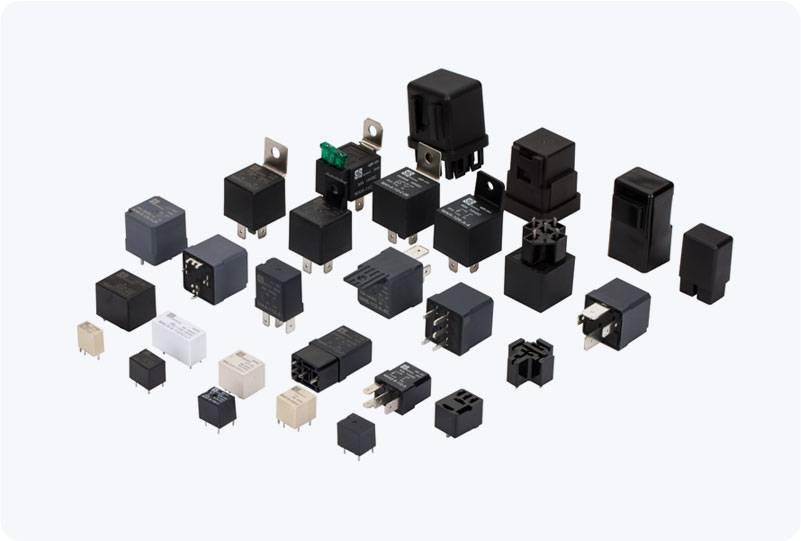In the world of electrical engineering, relays are essential components that control the switching of high-power circuits through low-power signals. The 30A Power Relay is a specific type of relay known for its ability to handle high currents up to 30 amperes. These relays play a crucial role in various applications where controlling large electrical loads is necessary. Whether in automotive systems, industrial machinery, or household appliances, the 30A Power Relay serves as a fundamental part of electrical control systems.

What is a 30A Power Relay? A 30A Power Relay is an electromechanical switch designed to control electrical circuits by opening or closing contacts when a low-power signal is applied. The “30A” designation refers to the maximum current rating the relay can handle, which is 30 amperes. This means the relay is designed to safely switch circuits carrying up to 30 amps of electrical current. The relay typically consists of an electromagnet, contacts, and a spring mechanism that opens and closes the contacts when the electromagnet is energized. When a small electrical current flows through the coil of the relay, it generates a magnetic field that pulls the contacts together, completing the circuit. Conversely, when the current is removed, the magnetic field collapses, and the contacts open, interrupting the flow of electricity. This ability to control high-power circuits using a low-power signal is what makes relays like the 30A Power Relay indispensable in many electrical systems.